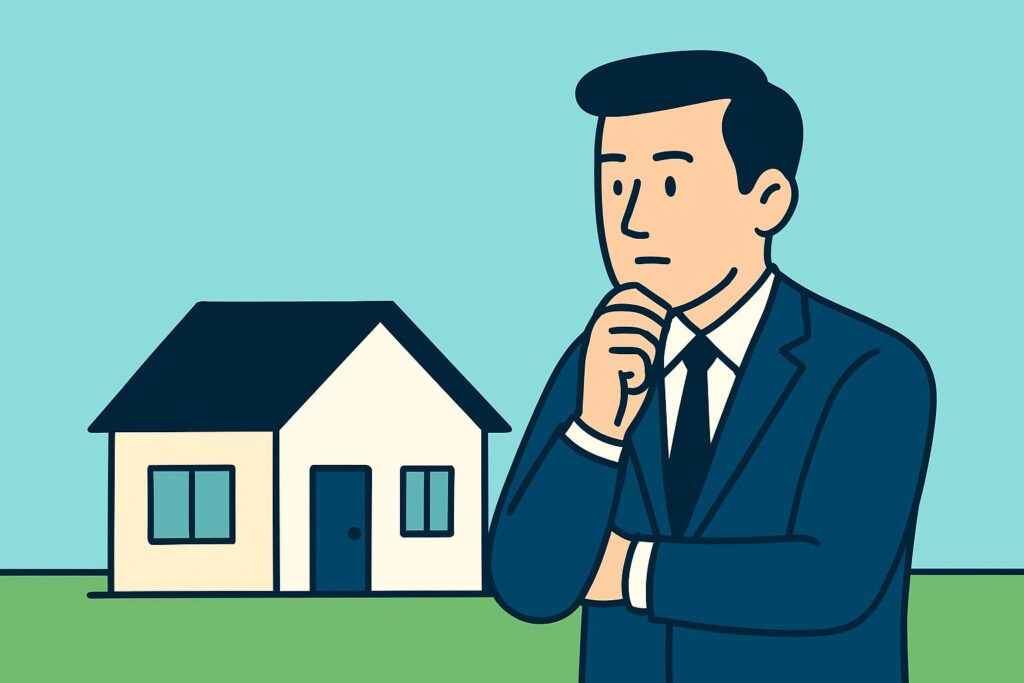Understanding Strict Liability Insurance: Essential Coverage Guide

Coverage “E” Personal Liability Coverage, is a critical component of home insurance liability coverage. This personal liability insurance offers financial protection to homeowners if they’re legally responsible for bodily injury or property damage to others. Unlike coverage for property damage, which targets only the homeowner’s property, Coverage E addresses liabilities arising from incidents involving other people, whether on or off the insured property.
Key Features of Coverage E
- Standard coverage typically starts at $100,000 but can substantially increase based on the homeowner’s assets and risk exposure.
- Covers legal defense fees, irrespective of the lawsuit’s validity.
- Includes compensatory damages for medical expenses, legal fees, settlements, and court judgments.
Practical Examples of Coverage E Claims
For insurance agents to advise effectively on homeowners liability insurance, clear examples of Coverage E personal liability are beneficial:
- Slips and Falls: A visitor trips over uneven pavement at the insured’s home and needs medical treatment. Coverage E handles the medical expenses and potential legal costs.
- Pet-Related Injuries: The insured’s dog bites a neighbor, causing injuries and medical expenses. Coverage E takes care of the liability payments, possibly preventing lengthy legal proceedings.
- Property Damage Off-Premises: A homeowner unintentionally damages hotel property during a vacation, triggering liability coverage under Coverage E insurance.
These scenarios highlight Coverage E’s comprehensive nature, emphasizing that liability risks extend beyond the homeowner’s immediate property and can lead to significant financial repercussions.
Common Misconceptions Agents Should Clarify
Misunderstandings surrounding Coverage E can cause significant gaps in home liability insurance. Agents should clarify:
- Misconception: “Coverage E covers injuries to household members.”
- Reality: Household members are generally excluded. These costs typically fall under personal medical or health insurance.
- Misconception: “Coverage E automatically includes high-value lawsuits.”
- Reality: Standard Coverage E has policy limits. Agents should recommend umbrella policies for clients with substantial assets or higher risk profiles.
- Misconception: “Coverage E covers intentional acts.”
- Reality: Coverage E excludes intentional acts such as assault or deliberate property damage, covering only accidental incidents.
Detailed Examination: Coverage E Exclusions
Homeowners Coverage E includes significant exclusions that agents must thoroughly explain:
- Business-Related Activities: Liabilities from home-based businesses usually require separate coverage. Agents must identify these activities and suggest endorsements or separate policies.
- Automobile-Related Incidents: Coverage E excludes incidents involving automobiles, as these are covered by auto insurance policies.
- War, Nuclear Incidents, and Catastrophic Events: Such extreme situations are explicitly excluded and covered by specialized policies.
Clearly communicating these exclusions helps clients avoid unexpected gaps in their dwelling policy Coverage E.
Actionable Advice: Assessing Client Needs
Insurance agents should proactively guide clients through personalized home insurance assessments:
- Evaluate Client Assets and Risks: Document the client’s property, financial status, and lifestyle risks (e.g., pets, pools, trampolines).
- Educate Clients on Coverage Limits: Explain standard limits clearly, highlighting when additional coverage via umbrella policies becomes essential.
- Regular Policy Reviews: Conduct annual reviews of clients’ evolving risks and assets to adjust liability coverage appropriately.
- Develop Risk Mitigation Strategies: Suggest practical steps to reduce risk, like installing secure fences, using non-slip mats, or scheduling regular property inspections.
Enhancing Coverage: The Umbrella Policy Advantage
An umbrella policy provides supplementary protection once Coverage E limits are reached, beneficial for insureds who:
- Own significant assets beyond standard liability limits.
- Regularly participate in higher-risk activities (hosting events, owning rental properties).
- Seek additional peace of mind against unexpected liability claims.
When to Recommend an Umbrella Policy
Agents should proactively suggest umbrella policies in these scenarios:
- Clients with net worth significantly surpassing standard homeowners policy coverage limits.
- Clients frequently hosting gatherings, increasing the risk of premises liability incidents.
- Clients with higher-risk amenities (like pools or trampolines) or pets that may cause harm.
Legal Insights: Navigating Liability Claims
Insurance agents help private citizens navigate liability claims effectively by:
- Immediate Incident Reporting: Promptly advise clients to report incidents to their insurance company.
- Document Collection: Encourage clients to gather comprehensive records, including photos, witness statements, and medical reports for any insurable incident.
- Legal Representation: Inform clients of their right to legal defense provided under Coverage E, stressing the importance of timely cooperation with insurance-appointed attorneys.
Leveraging SEO for Visibility
Optimizing for “coverage e homeowners policy” ensures clients easily find necessary information. Strategically include related terms like “personal liability coverage,” “homeowners liability limits,” and “umbrella liability protection” for enhanced search performance.
Equipping Clients for Success
Effective communication about Coverage E empowers homeowners to make informed protection decisions. Mastering the details of insurance personal liability and providing clear, actionable advice significantly strengthens client trust and your professional credibility.
By clarifying Coverage E’s extent, proactively addressing misconceptions, and consistently reassessing client needs, you deliver unmatched value and peace of mind, reinforcing your role as a trusted advisor in home and liability insurance.

